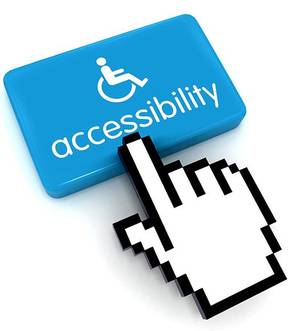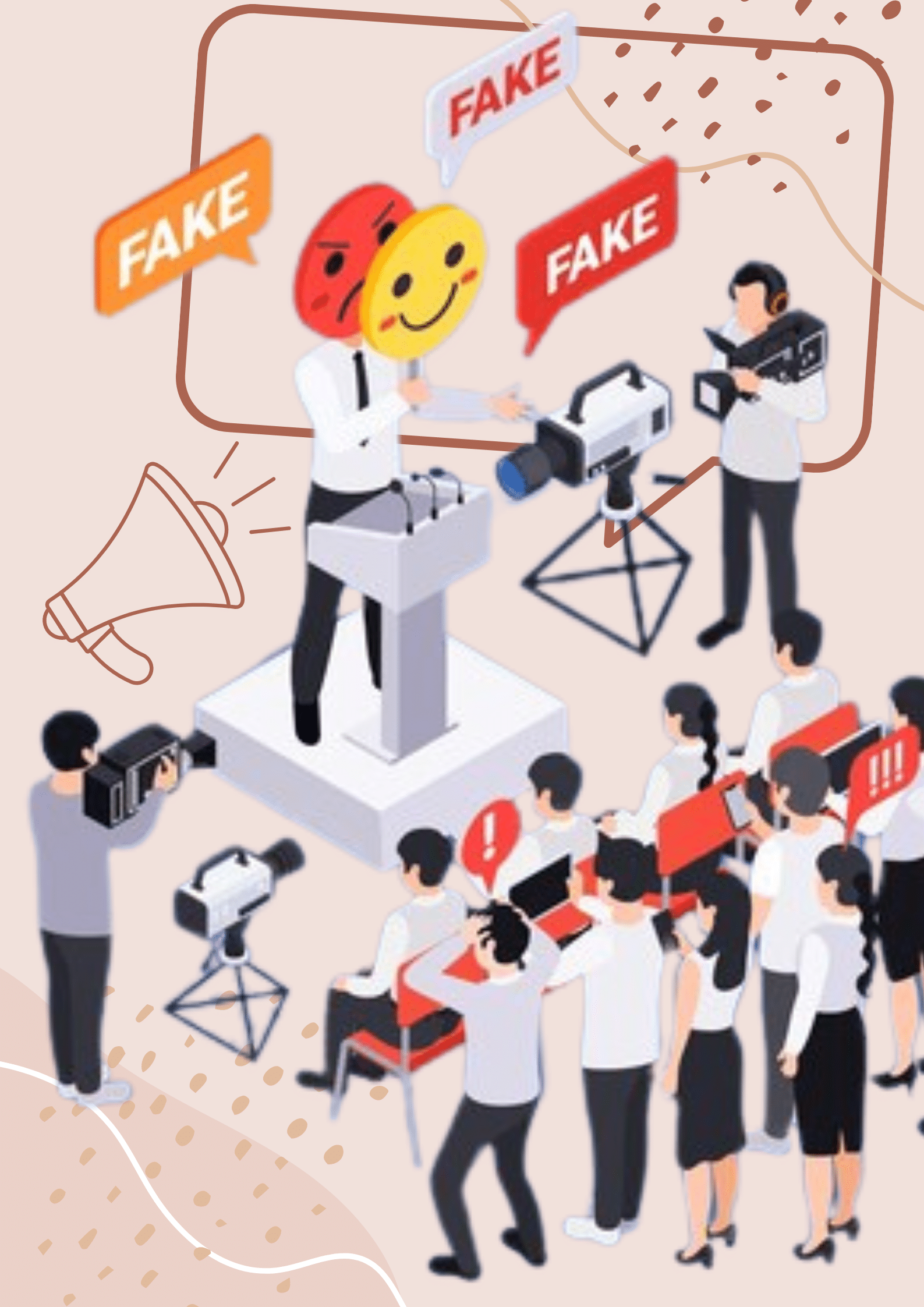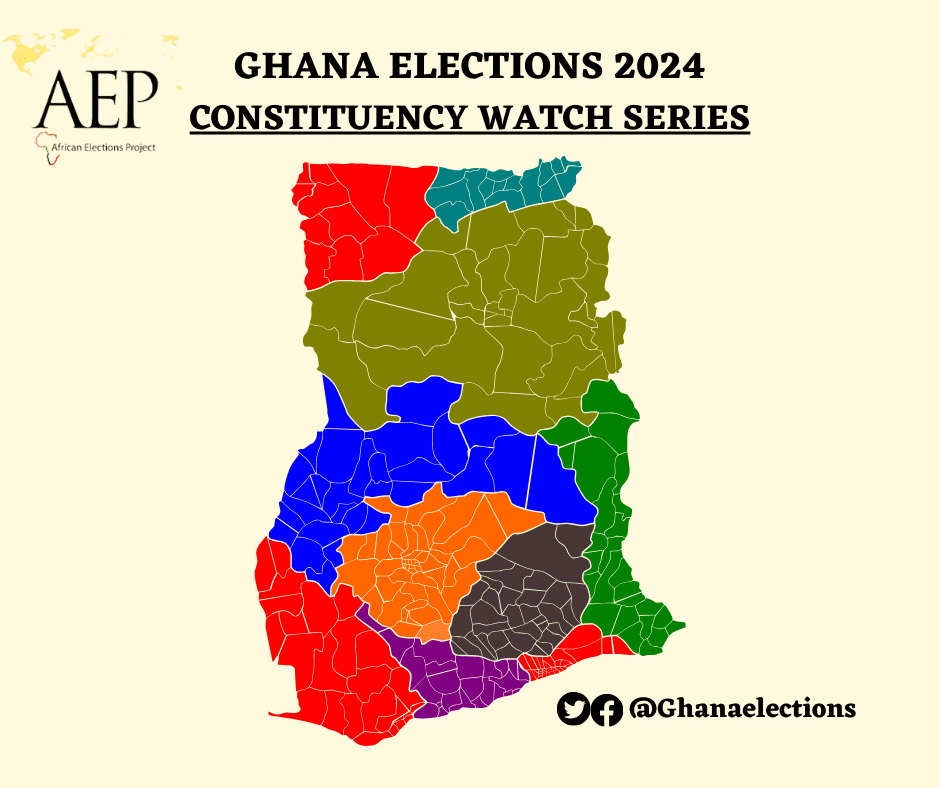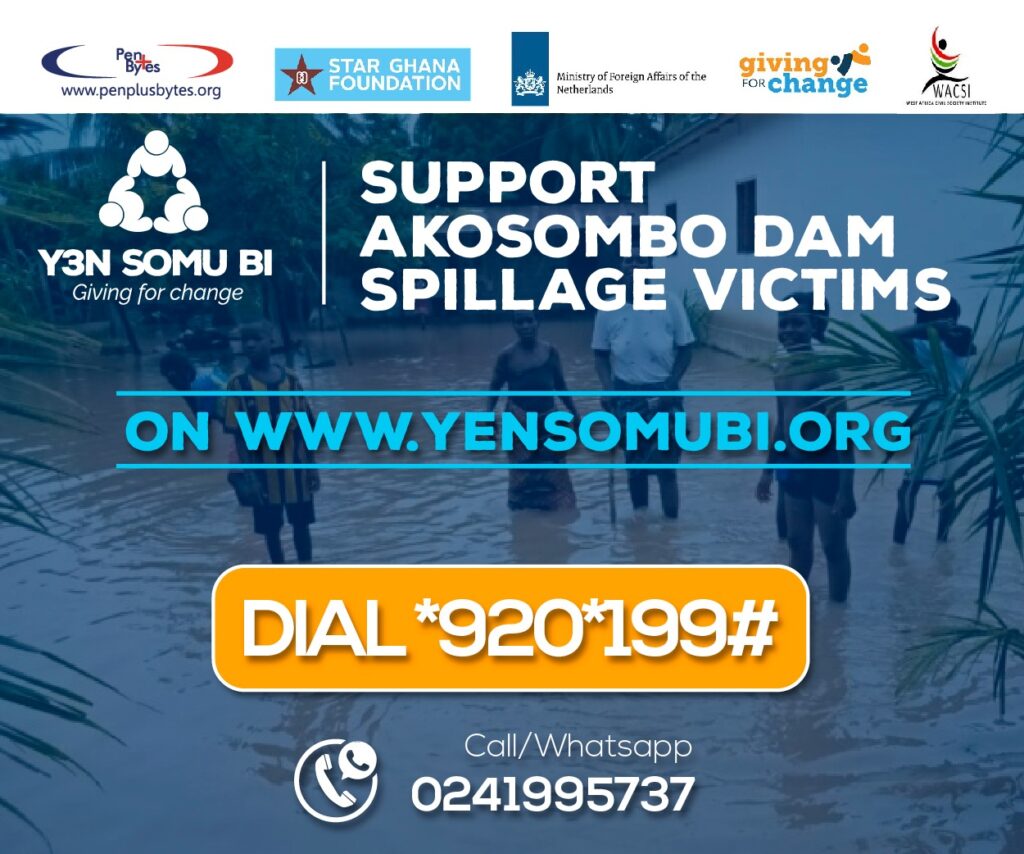Digitization — the mass adoption of connected digital technologies and applications by society — can play a major role in leaving no one behind. People with cell phones in remote villages with no telephone wires can now call each other and others beyond their villages, respond to SMS surveys and get alerts from services they signed up for. For people with disabilities, digital technologies can improve their participation. People with poor or no vision can find each other in public spaces with the help of cell phones and they can access information online with text to speech applications. People with hearing difficulties can send text messages, like SMS or Messenger, to contact each other. Persons using wheelchairs can find out online which transport stations are accessible.
Long gone are the days when, to keep up with what was happening in the world, we had to walk down the newsstand or wait for the daily radio or TV bulletin. With the internet — and social media, apps, newsletters and more — we often get the impression that the news is available to anyone, anywhere, anytime, in any possible format.
Not if you’re living with a disability.
Many disabilities can make it difficult for people to browse the web. In these cases, people often rely on assistive technologies—such as screen readers, magnification software, text readers, head pointers, and motion or eye trackers—to access content.
But if your website or digital product doesn’t include features to support these assistive technologies, it can be difficult, or sometimes impossible, for people with disabilities to experience your content.
As long as mainstream providers such as Microsoft and Facebook do not take into consideration accessibility standards for all, there will be a need for specific and tailored products to promote digital inclusion. Information and communications technology is not only about privacy and data protection, it is also about accessibility, availability and affordability.
The way websites, apps and other digital services are designed — and a lack of education about how they should be designed — still represents an obstacle.
There are a lot of tags and technologies available to help people with disabilities find their way around websites, but authors do not always know them. So, users might land on a page they are unable to navigate.
Here are some practical solutions that digital media creators and journalists could implement in their practice:
1 Learn how to make people find things
The Web Accessibility Initiative (WAI) is a good place to start. It is responsible for an enormous set of guidelines, called the Web Content Accessibility Guidelines, an enormous library and an invaluable educational material for designers and authors. Focus especially on learning how to build well-organized websites on which audiences with disabilities can find things.
2. Work with journalists with disabilities
Accessibility and inclusivity cannot be an afterthought for media companies. The industry needs more disabled journalists to implement change. Without diversity in the newsroom and out in the field, some questions will never be raised or some feedback will never be given because it hasn’t been sought out.
If you’re an independent journalist that is not in a position to hire, consider consulting with individuals or charities.
3. Rethink access to multimedia assets
Sometimes, it’s the little things like saying the name of an interviewee on video, instead of just having it written, or providing captions or a transcript of the audio. The main goal is to think ahead about how everyone — including people who can’t see or hear, for example — may be able to understand and experience the full story.
Source: http://ow.ly/jQuE30o3mOy






